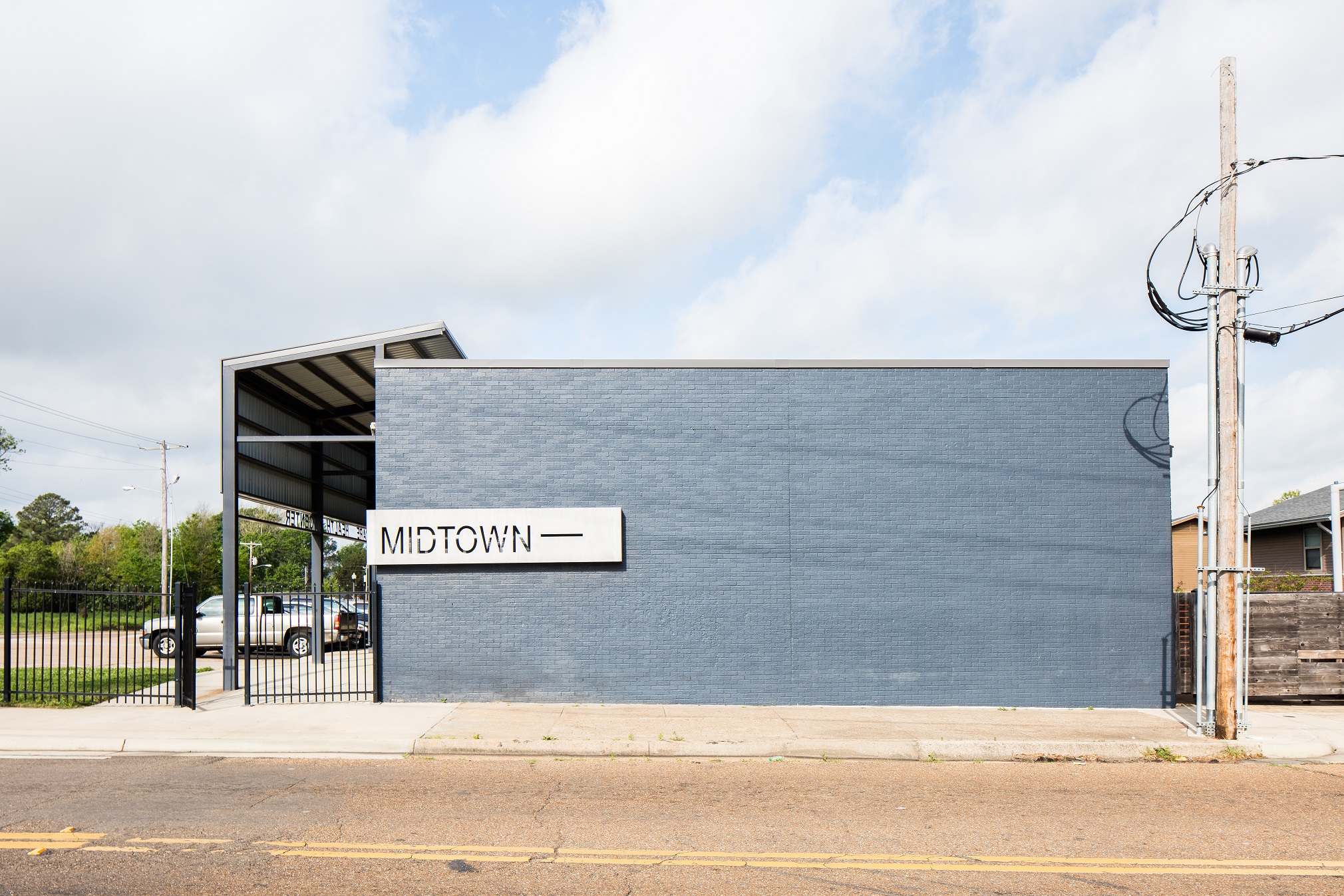When it comes to making a positive impact in the community, the architectural design process is key. During each phase, there is an opportunity not just to create something new or rehabilitate something old but to develop a place that improves the lives of the people who rely on it. Architecture is at its best when it is practiced in service of the community, as a blueprint for better, and provides a genuine public benefit.
Adaptive reuse means working with an existing building or structure but designing for the future. For Midtown, a town in Jackson, Mississippi, applying the concept of adaptive reuse to replace a rundown strip mall occupied by liquor stores into a community health center—along with designing a school from the shell of an abandoned factory—saved the struggling district millions.
Duvall Decker, the small husband-and-wife architecture firm responsible for the revitalization of Midtown, recognized the opportunity for adaptive reuse in their master plan. As Roy Decker, AIA, partner and lead planner at Duvall Decker, says, “Design is not the thing you make. It’s not the plan; it’s the space between. It’s the conversations and the interactions that ultimately teach us to learn from each other and form the spaces we help make.”
Duvall Decker approaches all of their projects with that mindset. They involve themselves in the entire design process and listen to the community’s needs to identify the potential and envision the impact.
“Midtown. A Blueprint for Better” is a short documentary film depicting the positive changes of Duvall Decker’s master plan. It’s also the seed film for the third annual AIA Film Challenge.
In the case of Midtown, that approach resulted in the transformation of the strip mall’s liquor stores, which added to the affliction of a struggling community, into a place of healing rather than just an upgraded facility. With their strategic grassroots planning and inclusive development, Duvall Decker’s adaptive reuse architecture guided the community out of a spiral.
Seeking creative ways to re-design what remains of an existing structure can be more efficient, more sustainable, more rewarding, and sometimes even lead to discovering previously unknown historical features of a building. Consider hiring for an architect who is willing to uncover the positive aspects of a rundown structure, not only to rehabilitate it but to design it in a way that allows the structure to fulfill a larger purpose.

